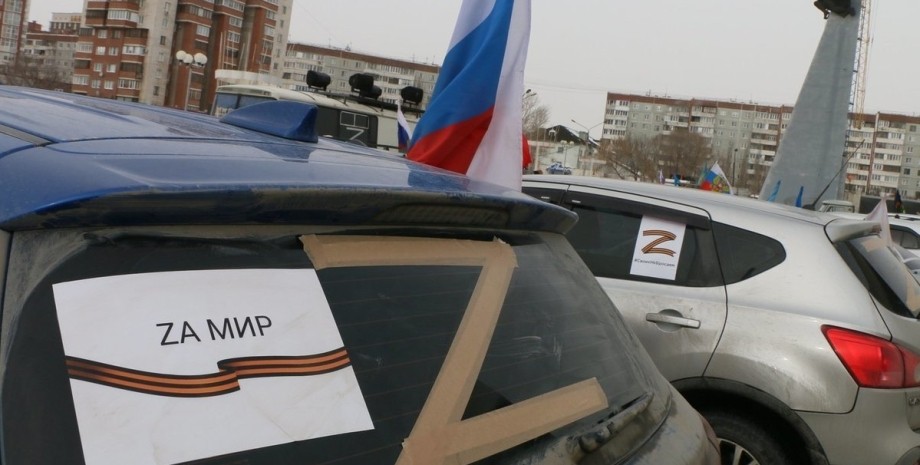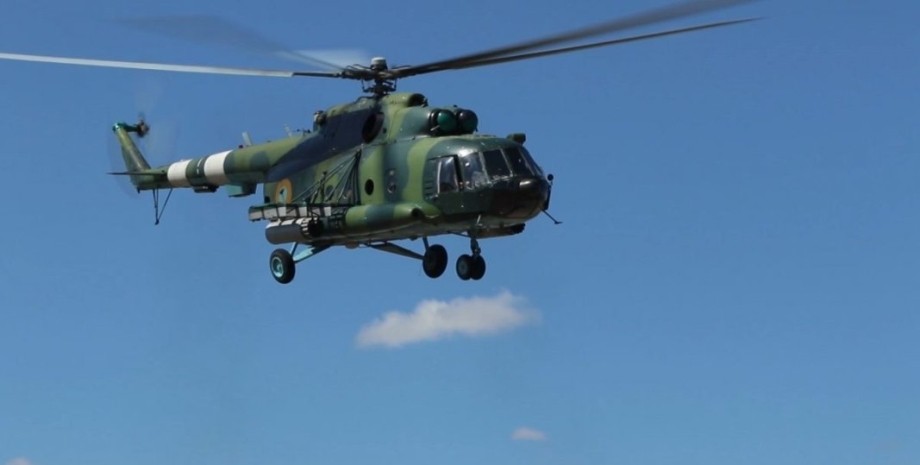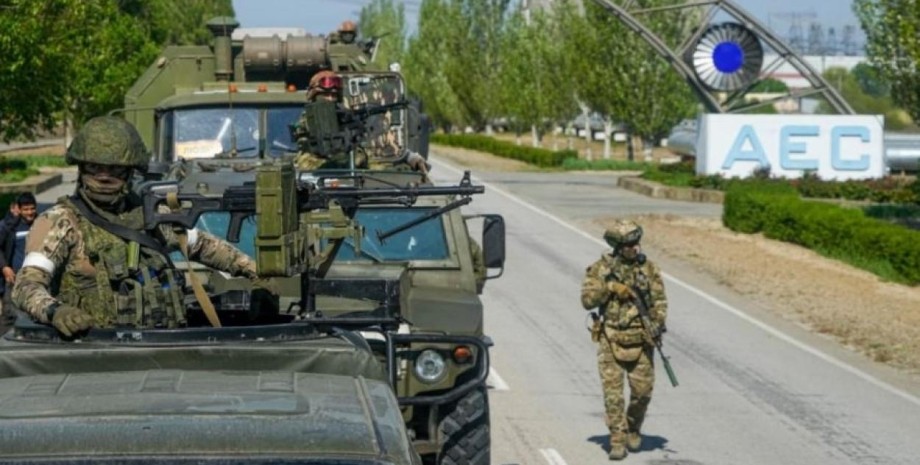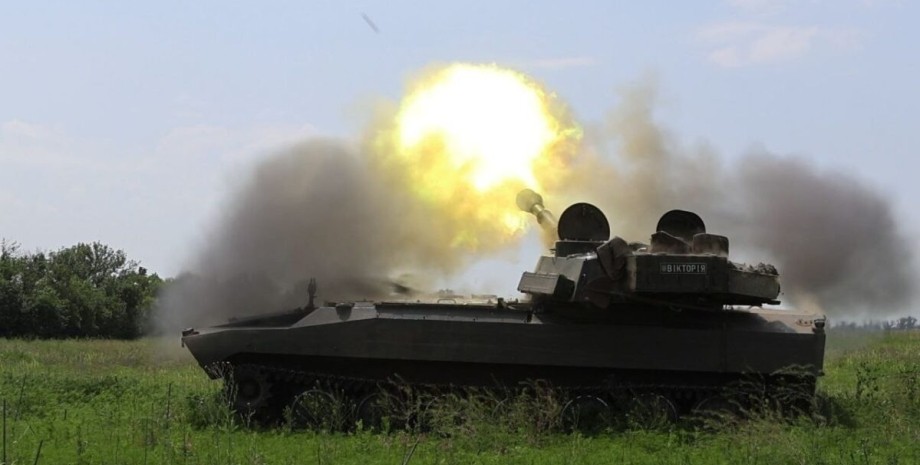
They claim that by the end of the year Russia will feel significant reduction of artillery shells and good armored vehicles, whereas due to the sanctions of the Russian Federation cannot continue the full industrial production of weapons and replenish their stocks. Video of NB Day summarized the main facts from the new publication of The Insider, which analyzes the costs of the Russian army resources in five categories.
The authors of the investigation believe that the idea of "huge reserves of artillery weapons" that have reached Russia from the USSR do not take into account their real state for today. In such estimates, The Insider considers it important to consider a number of factors. Limited use of certain species of old ammunition.
"Soviet shells for artillery could not be stored for a long time, and already in the summer of 2002, during the second Chechen campaign, the Russian army collided with a deficit of artillery shells of the main calibers 122 mm and 152 mm," - reminds The INSIDER. The expense of part of the arsenal of Soviet artillery in the previous wars of the Russian Federation.
He was "undermined" not only by Chechen wars and war in Georgia, but also for the eight previous years of war with Ukraine (since 2014), and even to a greater extent - a campaign in Syria, investigators say. Much higher than the cost of Russian shells in the current war with Ukraine.
Thus, during two Chechen wars, such expenses were multiple now, when in the battles against the Armed Forces Russia consumes up to 40,000 - 60,000 shells of all types a day (at high intensity of hostilities), and up to 24,000 per day - in periods of very conditional "lull". Real rates of production and restoration of shells for artillery in the Russian Federation. According to The Insider estimates, by the end of 2017, Russia resumed 1.
7 million ammunition and missiles of all types (ie about 570 thousand annually-since 2014, when such a program began). Further, based on the calculations on the revenue of the relevant industry enterprises and holdings of the Russian Federation, investigators evaluate the ratio of repair and production of new ammunition as 1: 2. “That is, every 570,000 recovered shells account for up to 1. 14 million new ones.
Thus, the total annual rate of replenishment of artillery arsenals in the 2010s did not exceed 1. 6-1. 7 million shells of all types [every year], ”says The Insider. Whereas in the course of the half year of the war against Ukraine Russia probably has already spent at least 7 million shells - without taking into account the losses of frontier warehouses as a result of Ukrainian blows.
"In other words, if the intensity of war is maintained at the current level, Moscow will face a real projectile famine by the end of 2022 and will have to reduce the use of artillery for economy," the investigators said. The problem of wear of the barrels. More durable in this sense are the reactive systems of volley fire (RSZV), while in the rifled artillery guns (as in tank guns) the trunks wear much faster.
For example, the trunks of Russian tanks have a resource from 210 shots armor-piercing shells to 840 shots of fragmentation and cumulative shells. At the same time, artillery trunks, depending on the caliber, such as a projectile and a shot range, have a resource up to 2000-3000 shots. In Russia, there are problems with the efficiency of field service and repair of artillery tools. “By the end of 2022, the wear of the artillery will reduce its effectiveness.
[…] It turns out that the expected projectile hunger should coincide with the growth of artillery gun deficits, ”the authors of the investigation predicts. Since 2014, the relations of the defense complex of the Russian Federation with the countries of the West began to "collapse and tore", and the equipment "worn out faster than updated (if it was possible to update it at all).
" The productivity of the State Concern Technodynamics, which combined the enterprises of the defense industry of the Russian Federation, is (according to the prosecution) about 2. 3 million rubles per year (less than $ 32,000), "which is about 9-10 times lower than that of US producers ammunition.
" "Cut off from the supply of western equipment, spare parts and materials and at the same time limited in human capital and labor productivity, Russian artillery and ammunition manufacturers will inevitably face in the near future not with stagnation as with a reduction in production," The Insider predicts.
Investigators believe that if in 2022-2023 the Russian Federation is still able to maintain the pace of production of military equipment recruited in previous years, then in the following years it is "inevitable to decline". It is a Russian high -precision weapon, which belongs to several types of missiles, reminiscent of The Insider. This is in particular: each of these types of missiles in the arsenal of Russia on the eve of the war was several hundred units.
The following factors testify that the Russian Federation has spent significantly: investigators also suggest that the current opportunities of the Russian Federation to produce such missiles are inferior to their expenses in Ukraine. The volumes of annual production of long-range winged and operative-tactical ballistic missiles of each type are measured on average up to 50 units.
Sea missiles caliber, aviation missiles X-101, and winged landscapes of 9M729 ground base ("which are by and large are varieties of the same missile") of the Russian Federation produces a little more than 100 units a year. According to the winged Onyx rockets, this number is slightly higher than ⸺ 55 units, and in the X-32 missiles, the production of which replace the X-22 began in 2018-2019-is unlikely to exceed 20 units.
"In general, it turns out that the production of Russian high -precision missiles with a range of more than 300 km is 225 units a year," the investigators emphasize, noting that the assessment "can be adjusted as new data is received". These include aviation winged missiles X-35 and X-59. These are simpler missiles, which are difficult to evaluate in the Russian army, are recognized by investigators.
It is also difficult to estimate the volume of their production, so The Insider does not take to estimate how long the Russian Federation can use such winged missiles with current intensity. Its main losses are not only destroying in hostilities, but also on damage from the shells, other malfunctions, as well as the exhaustion of the motor. Thus, the motors of the main Russian combat tanks (T-72 and T-80 different modifications) are no more than 1000 hours.
After that, they need to change or repair the engines, and they are made on imported equipment, which is already a problem for the Russian Federation. To assume that Russian tanks, BMP, APC and BMD in the war work at least 2-3 hours a day, then since February 2022 they worked 370-560 hours. Therefore, the lion's share of Russian armored vehicles - in the face of preserving the high intensity of battles - by the end of 2022 it has to go to repair (if it is not destroyed).
The capacity of such repairs, as well as the production of new equipment, is limited in Russia: these are about 650 tanks and combat armored vehicles for a year (upgraded or manufactured), of which: The Insider reminds that at the beginning of the war the army had about 2000 modernized tanks (from About 3,300 tanks in the army). And from more than 16,000 combat armored vehicles of all types, the proportion of new and upgraded was about a quarter.
Aviation remains the threatening force of the Russian army: today, taking into account the losses and breakdowns, Russia is still capable of keeping about 400 combat aircraft of different types and about 360 helicopters near Ukraine (although not all of them are shock, writes The Insider). "However, Russia has been incapable of leading a full -scale air campaign from the beginning of the war, and now its capabilities for such a campaign have only declined," the investigators are convinced.




















Všetky práva vyhradené IN-Ukraine.info - 2022